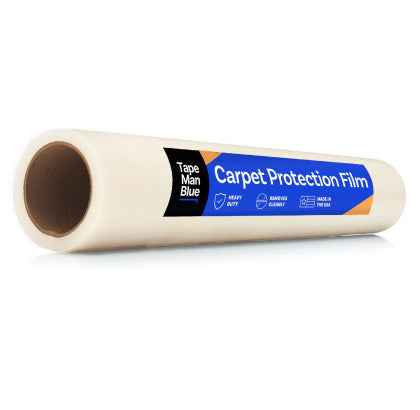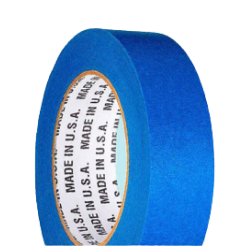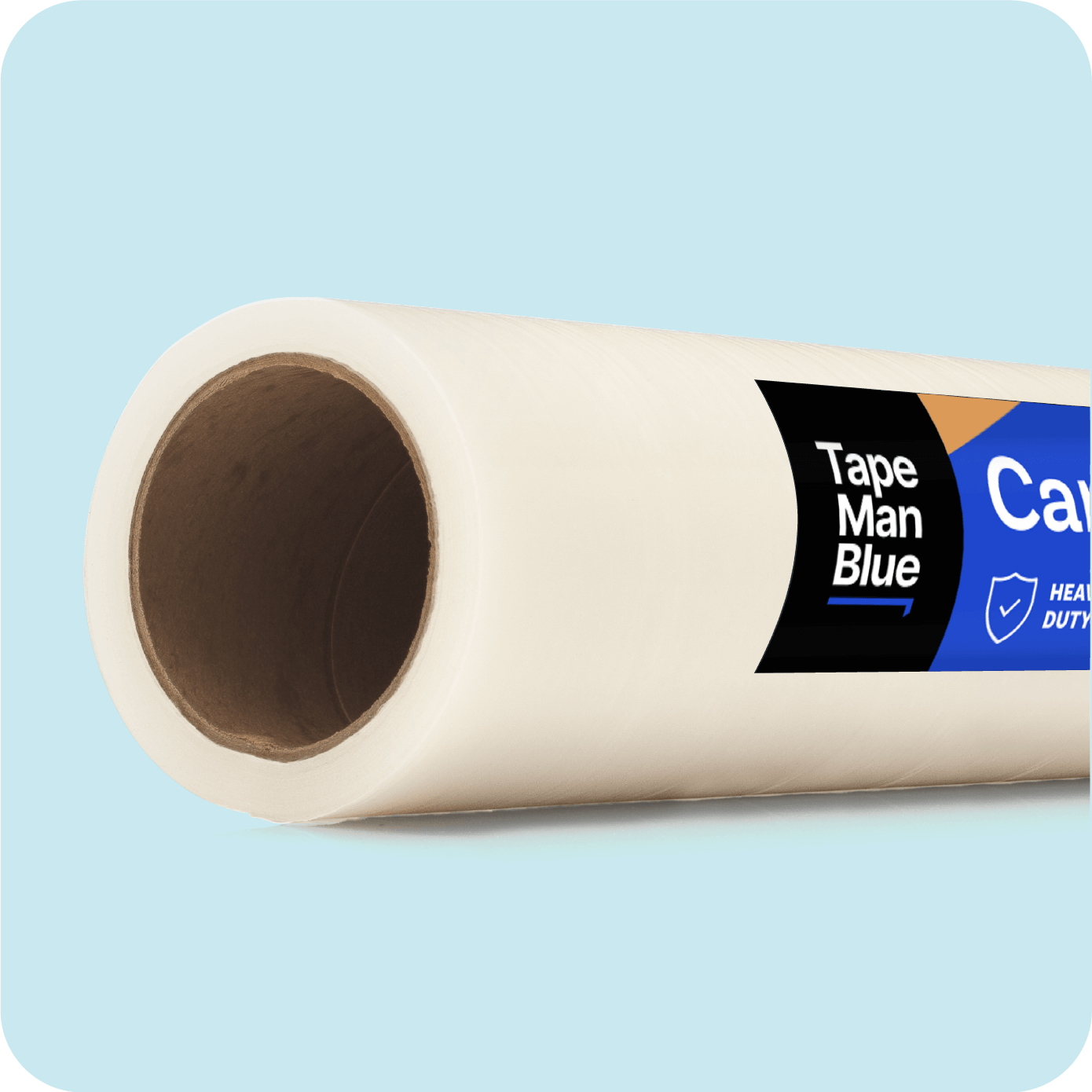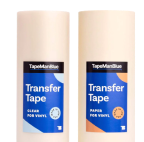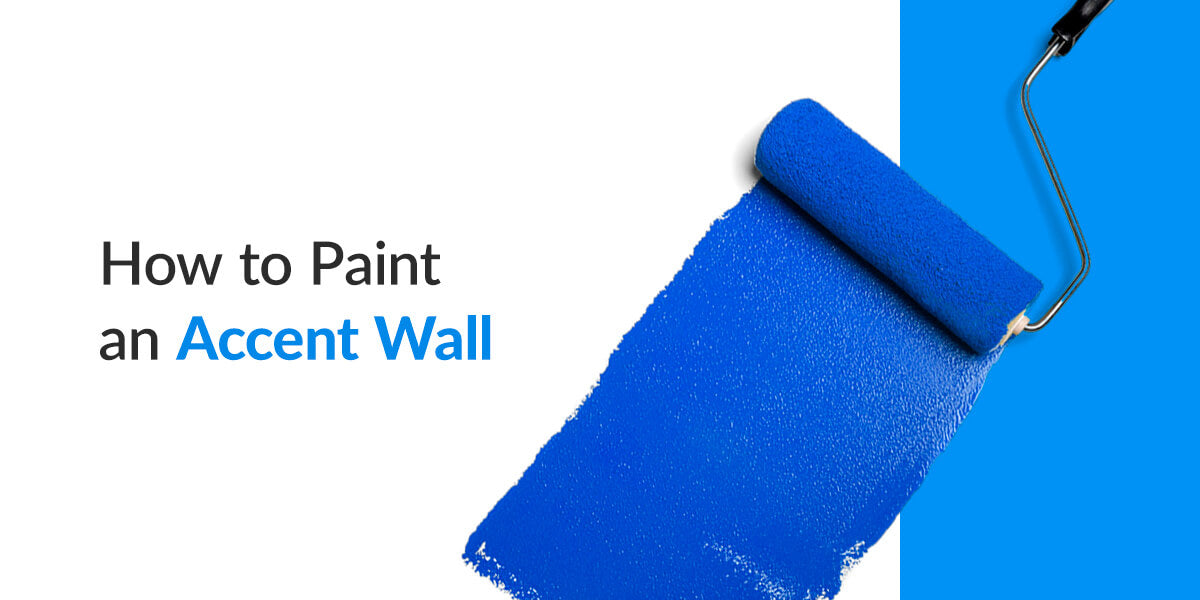
Painting accent walls have become a popular home trend lately, and if you look around, you'll notice them everywhere, from your friend's living room to your local café. These walls are more than just a trendy statement — they're an affordable, easy and impactful way to add visual interest to any room.
Steps to Paint an Accent Wall
If you're interested in adding an accent wall to your own or your clients' homes, review the step-by-step instructions we've put together here.
- Decide Where You Want to Put It
- Figure Out the Scope of Your Design
- Determine the Best Color
- Prepare Your Room for Painting
- Apply Painter's Tape
- Paint the Accent Wall
- Put Your Room Back Together
Decide Where You Want to Put It
Although accent walls are impactful, it's not necessary to have them in every room of a house. Having more than one accent wall can be overwhelming, so decide from the start which room an accent wall could enhance the most. Consider rooms that have a consolidated palette but with a splash of color.

Once you've decided on a room, you then must pick the right wall. While the right room will vary from one house to another, decorators generally pick the wall that best grabs their attention when they enter the room. This wall is often the room's natural focal point. For instance, painting the wall around a fireplace a different color can make the fireplace even more dramatic. In a bedroom, consider painting the wall behind the headboard. An accent wall can also serve as a stunning backdrop for luxurious sofas and gallery walls.
To make things easier, consider what is located on this wall before you decide to paint it. If a wall has a television and lots of picture frames hung on it, for example, this will require more preparation than a wall with nothing on it. A wall with a large window will require more taping before you paint but will take less time and paint.
Figure out the Scope of Your Design
If painting an accent wall is the only planned change for the room, then your job will be fairly simple. However, if you're looking to redesign your room completely, make sure you have everything planned out before proceeding. For example, if you'll be changing your decor or furniture colors, you'll want to wait on picking the accent wall color until you've decided on the room palette.
Determine the Best Color
Although not a labor-intensive step, picking the right hue for your color accent wall is arguably the most difficult. To choose a color or help your clients select a color, we recommend that you follow the 60-30-10 rule, which means:
- The dominant color should cover 60% of your room.
- The secondary color should cover 30% of the room.
- The accent color should only cover 10% of the room.
As its name implies, an accent wall should be an accent color in the overall scheme of the room. Accent colors are often bright or bold hues that contrast dramatically with the other colors in the room.
Once you've picked a general color, select two or three specific hues to test. On the wall you plan to accent, paint about 1 square foot of the wall in each color. Observe the colors in different lighting and at different times of the day to decide which you like best.
Prepare Your Room for Painting
Plan for the room to be unusable for several days while you paint the accent wall. In most cases, everything from the room will need to be removed. If furniture must stay in the room, make sure it is at least 5 feet away from the wall you're painting, which will allow you to move around more easily, and cover it to protect it from any drips or spills.
Remove all decor from the accent wall, and move all furniture out of the way. If you're painting a client's house, let them know if you'll move anything for them and if there will be an extra cost for that service. If you're painting your own home and can't or don't feel comfortable doing all the heavy lifting yourself, consider buying or renting a dolly or asking friends or family to help you move furniture.
Once you've cleared the wall and moved the furniture away, you can now begin preparing the wall itself. The first step is to clean the wall with water and mild soap. Gently wash the wall with a non-abrasive sponge or rag to remove any dust or dirt. You don't need to worry about stains since you'll cover them with paint, but you don't want bits of debris stuck in the paint.
Next, ensure the wall is smooth and has no holes. To fill smaller holes, you can use a pocket-sized spackle pen, which is easy and will save you headaches down the road. Fill or patch any larger holes as necessary, and make sure the texture of any repairs matches the rest of the wall.
Apply Painter's Tape
No matter how careful you are, paint has a way of ending up where it's not intended to be. Before you start, grab some high-quality painter's tape and tape the edge of the wall along the sides, the ceiling and the floor. You'll also want to tape off any other features you don't want to be painted, such as window frames or fireplaces. Then, place a sturdy canvas or plastic drop cloth on the floor. If there is any heavy furniture or other items that must stay in the room, cover them with a tarp or canvas as well to protect them from paint splatter.
Shop Blue Painter's TapePaint the Accent Wall
Now it's time to paint the wall. If the wall is particularly stained or you're going from a dark color to a light tone, you may want to paint a coat of printer before painting the color to ensure better coverage.
You'll want to start by cutting in along the corners with a brush since rollers are difficult to work into corners. Once you're ready to roll, begin at the top of the wall and move downward, painting with a smooth W motion. Using a roller is easier than brushing an entire wall and will keep your color more even, although you should also have a few brushes on hand for touch-ups. Many paints need two coats for complete, even coverage. Leave the painter's tape up for each coat to maintain a clean line.
Once the final coat is dry to the touch, remove the painter's tape. Leave the paint to dry fully, about a day or two, depending on how thickly you painted it. After it's dry, inspect the wall to see if you need to do any touch-ups.
Put Your Room Back Together
Once the painted accent wall has dried completely, you can put the room back together again. Start by bringing the furniture back in, then the decor. Now that you have an accent wall altering your room's color scheme, you may decide to change some of your existing decor. Rearrange as you see fit, and keep in mind the 60-30-10 rule when adding new decor.
Tips on Choosing an Accent Wall Color
When considering a new accent wall, it pays to think outside the box. You don't have to go with a simple wall paint. Consider other ways you can use paint. For instance, stripes may be a perfect choice for your accent wall. If you want to make a powerful style statement, metallics are another option to consider. Other things to think about for your accent wall are:

- Consider accent walls even in neutral rooms: Even if you plan to keep your room neutral, accent walls can work well. The first accent colors that come to many people's minds are bright blues and reds, but in neutral color schemes, a color like dark brown or even a similar color with a metallic finish can be equally dramatic.
- Don't rule out bold colors: Of course, as long as the room has the right features to coordinate with your new color, a bright, bold hue could be perfect. Don't be afraid to pick whichever color makes you happiest.
- Consider the other wall colors: Accent walls tend to look most attractive when adjoining walls with a light or medium shade. An accent wall in an otherwise all-white room can be striking or stark. If you're painting an accent wall in an all-white room, consider softening the contrast by using milder accent colors. Aim to balance the accent color with coordinating colors on other walls. A mid-tone neutral color, such as gray, beige or off-white, can help make an accent color pop, but a lighter shade of the same color can also work, such as pale blue walls with a navy accent wall.
- Think about more than just walls: Consider the possibilities of an accent ceiling. You can create an accent ceiling with both soft colors and vivid colors. To further separate your ceiling for your wall color, you could add crown molding, which looks stylish.
- When choosing an accent wall, be purposeful: If you have a room without an architectural feature, an accent wall can benefit it greatly. A wall with windows could also serve as an accent wall, although a dark accent color surrounding windows can cause an overwhelming contrast when bright light shines through the windows.
- Take inspiration from your room: Try to figure out what existing decor you love in the room. Perhaps it's the beautiful rug on the floor, the comfy armchair by the fireplace or the interesting design of your duvet. Whatever item inspires you most, choose a color from it that stands out. By integrating the accent wall color into the overall color scheme, the room will feel more like a single cohesive space, preventing your accent wall from having a jarring effect. Hopefully, it will also make you feel as happy as your inspiration piece does!
- Don't get carried away with matching: You want your accent wall to work well with your color scheme, but try to avoid matching too well. For example, if you have a red couch, don't make your accent wall color red. Instead, choose the smoky blue in the rug or the yellow in the accent pillows. If you have a painting with a lot of blue, don't use blue as your accent if you plan to hang the painting on the accent wall. Instead, find a complementary color such as a cool gray or a warm tan that allows the blue painting to pop. If you don't feel confident choosing colors or recommending them to your clients, head to your local paint shop and browse the many options they have.
Shop Painter's Tape From TapeManBlue
When painting, creating clean lines is always important — if the corners are sloppy, the whole room will look bad. However, when painting an accent wall, clean lines are even more critical. To ensure your paint job looks as crisp and clean as possible, use the highest-quality painter's tape on the market from TapeManBlue.
At TapeManBlue, we understand you can't afford to spend time scrubbing adhesive off the wall or retaping your whole job because the first batch didn't stick. These are common situations among those who choose to paint with low-quality blue masking tape. This is why we make a painter's tape that is a notch above all others on the market. When you purchase our tape, you avoid the frustration many painters and DIYers face on all sorts of projects.
Our multi-use tape features a medium-tack adhesive that's specially formulated, providing it with the grab it requires to stick to your surface while still allowing for easy, clean removal up to 21 days after. This blue masking tape's mid-level adhesive together with its longevity will give you a great level of flexibility as you work on jobs that take a long time. The tape will stay on the walls for the job's duration, and once removed, the surface will be free of residue.
We welcome you to browse all our high-performance products, which we offer at competitive prices. We look forward to making your next paint job easier!
Shop Blue Painter's Tape
